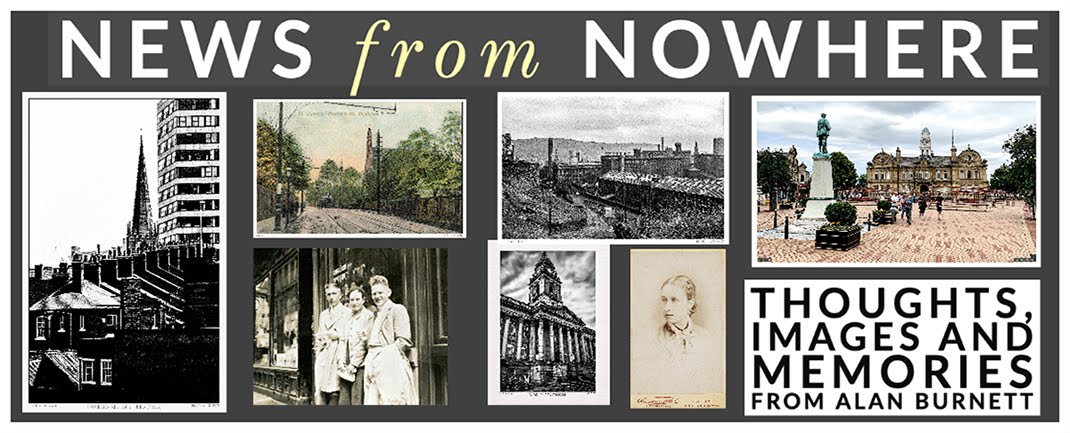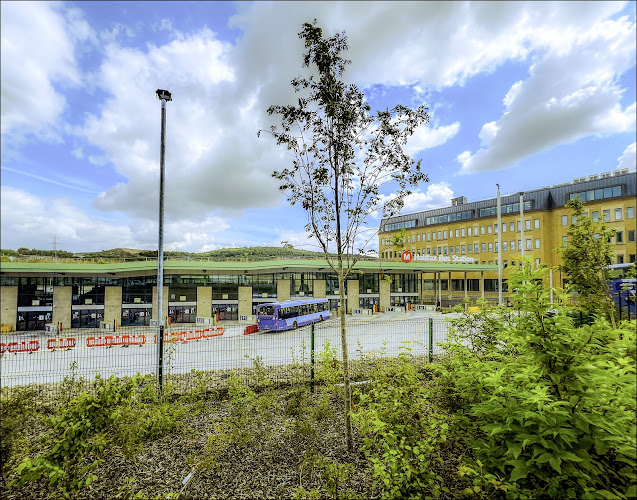 |
COLEY HALL (Back View)
Vintage Postcard (1920s) Unused
|
It is many years since I first walked down Coley Lane and caught sight of Coley Hall. Memories from those days have already turned sepia, and therefore discovering this old picture postcard of the rear of the Hall, seems somehow appropriate. These days the Hall looks very smart, a most desirable residence, very different to the old hall I remember.
Records suggest that there has been a property on the site since the thirteenth century, and parts of the current Hall date from the seventeenth century. A certain John de Coldeley was recorded has living there in 1286, and by the time of the English Civil War, it was owned by Langdale Sunderland, a committed supporter of the Royalist cause. He was a Cavalier Captain, and he was supposed to have kept a regiment of horse at the Hall during the conflict. The Hall came under attack from Commonwealth troops and part of the frontage of the house was destroyed.
Members of the Langale Sunderland family were living in the Hall well into the twentieth century - about the time I first started walking down Coley Lane.































